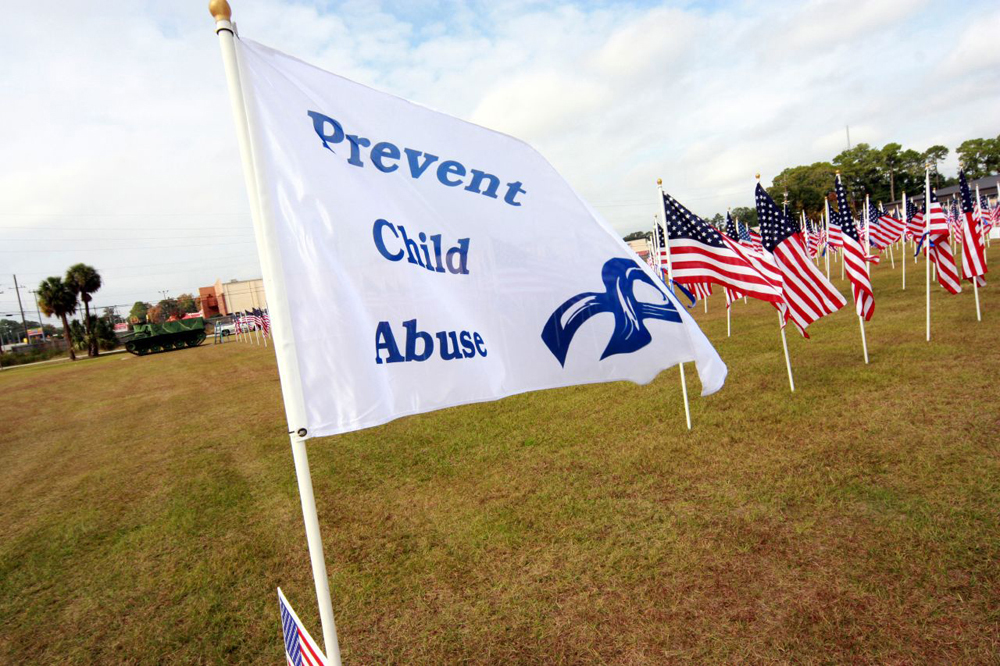| << Chapter < Page | Chapter >> Page > |
Female victims of IPV are also more likely to abuse alcohol or drugs, suffer from eating disorders, and attempt suicide (Silverman et al. 2001). IPV is indeed something that impacts more than just intimate partners. In a survey, 34 percent of respondents said they have witnessed IPV, and 59 percent said that they know a victim personally (Roper Starch Worldwide 1995). Many people want to help IPV victims but are hesitant to intervene because they feel that it is a personal matter or they fear retaliation from the abuser—reasons similar to those of victims who do not report IPV.
Children are among the most helpless victims of abuse. In 2010, there were more than 3.3 million reports of child abuse involving an estimated 5.9 million children (Child Help 2011). Three-fifths of child abuse reports are made by professionals, including teachers, law enforcement personal, and social services staff. The rest are made by anonymous sources, other relatives, parents, friends, and neighbors.
Child abuse may come in several forms, the most common being neglect (78.3 percent), followed by physical abuse (10.8 percent), sexual abuse (7.6 percent), psychological maltreatment (7.6 percent), and medical neglect (2.4 percent) (Child Help 2011). Some children suffer from a combination of these forms of abuse. The majority (81.2 percent) of perpetrators are parents; 6.2 percent are other relatives.
Infants (children less than one year old) were the most victimized population with an incident rate of 20.6 per 1,000 infants. This age group is particularly vulnerable to neglect because they are entirely dependent on parents for care. Some parents do not purposely neglect their children; factors such as cultural values, standard of care in a community, and poverty can lead to hazardous level of neglect. If information or assistance from public or private services are available and a parent fails to use those services, child welfare services may intervene (U.S. Department of Health and Human Services).

Infants are also often victims of physical abuse, particularly in the form of violent shaking. This type of physical abuse is referred to as shaken-baby syndrome , which describes a group of medical symptoms such as brain swelling and retinal hemorrhage resulting from forcefully shaking or causing impact to an infant’s head. A baby’s cry is the number one trigger for shaking. Parents may find themselves unable to soothe a baby’s concerns and may take their frustration out on the child by shaking him or her violently. Other stress factors such as a poor economy, unemployment, and general dissatisfaction with parental life may contribute this type of abuse. While there is no official central registry of shaken-baby syndrome statistics, it is estimated that each year 1,400 babies die or suffer serious injury from being shaken (Barr 2007).

Notification Switch
Would you like to follow the 'Introduction to sociology 2e' conversation and receive update notifications?